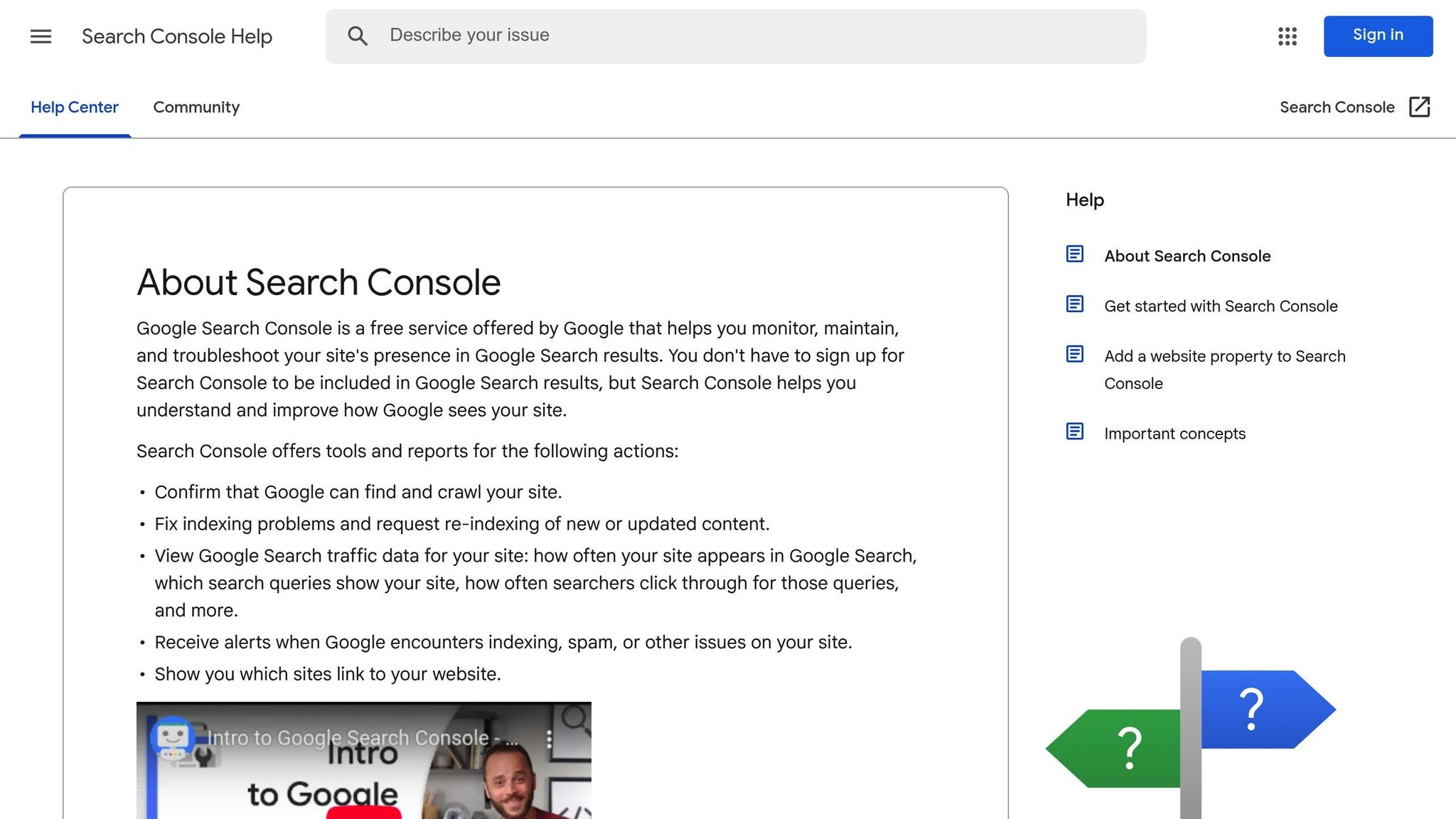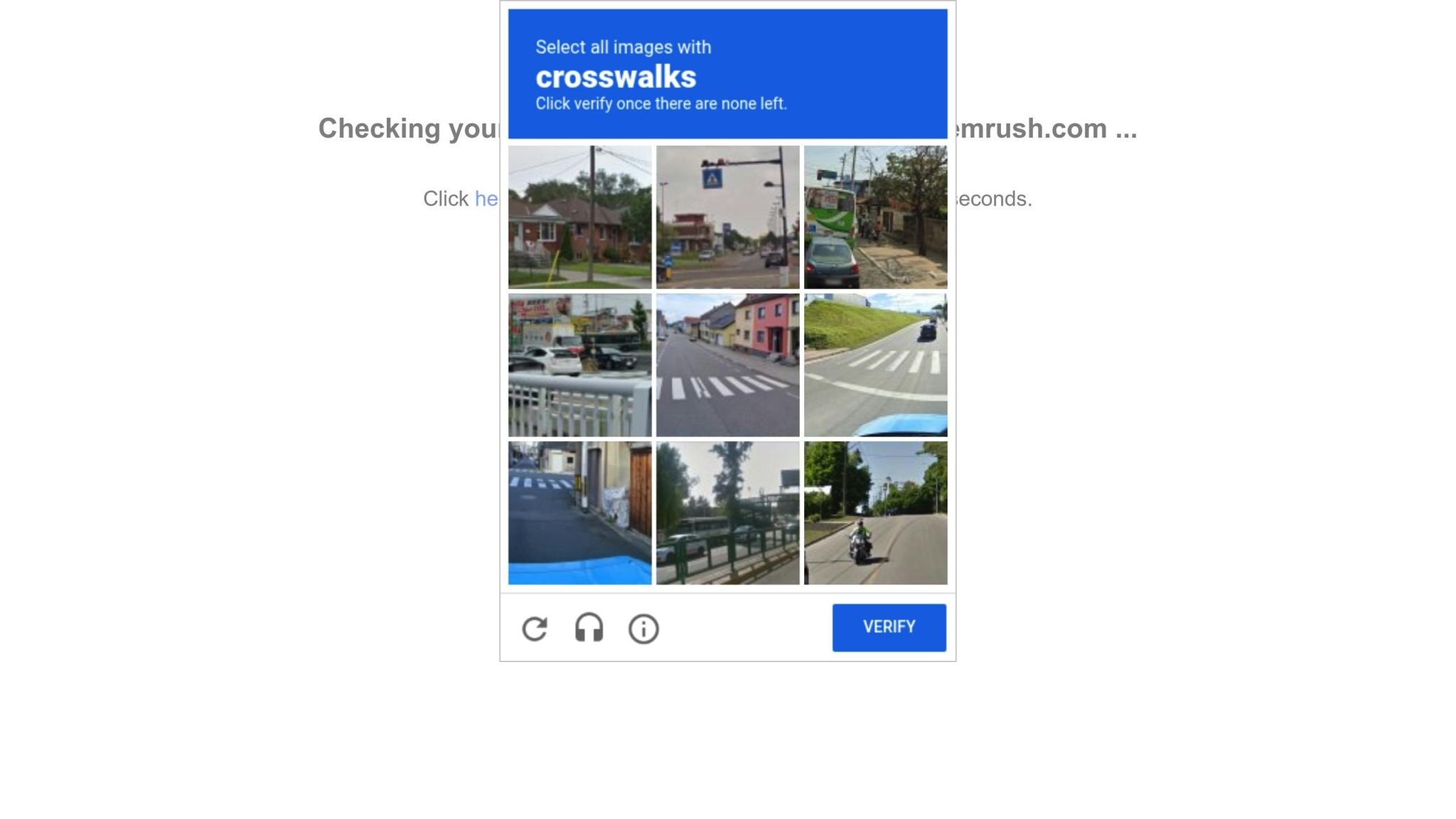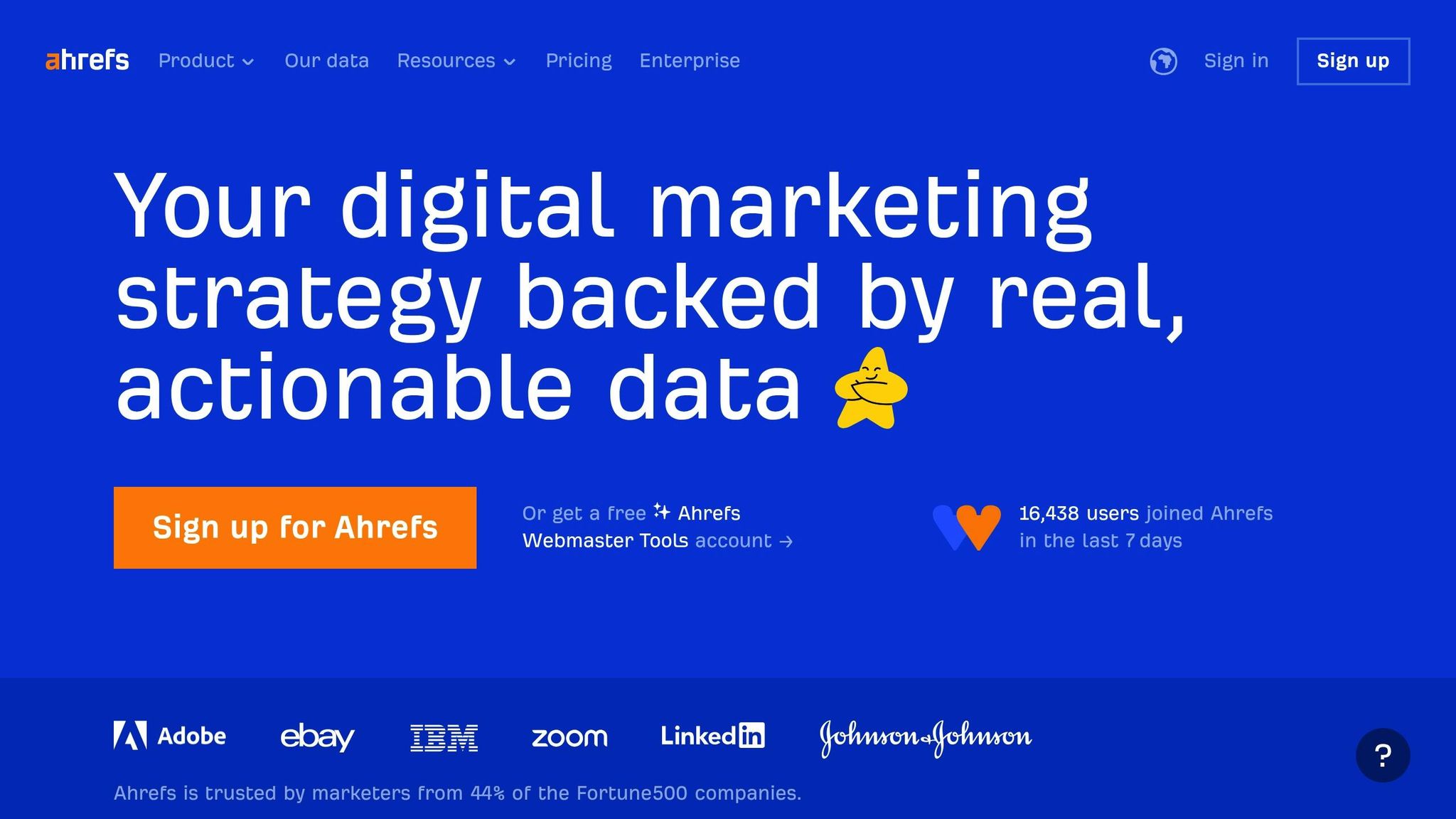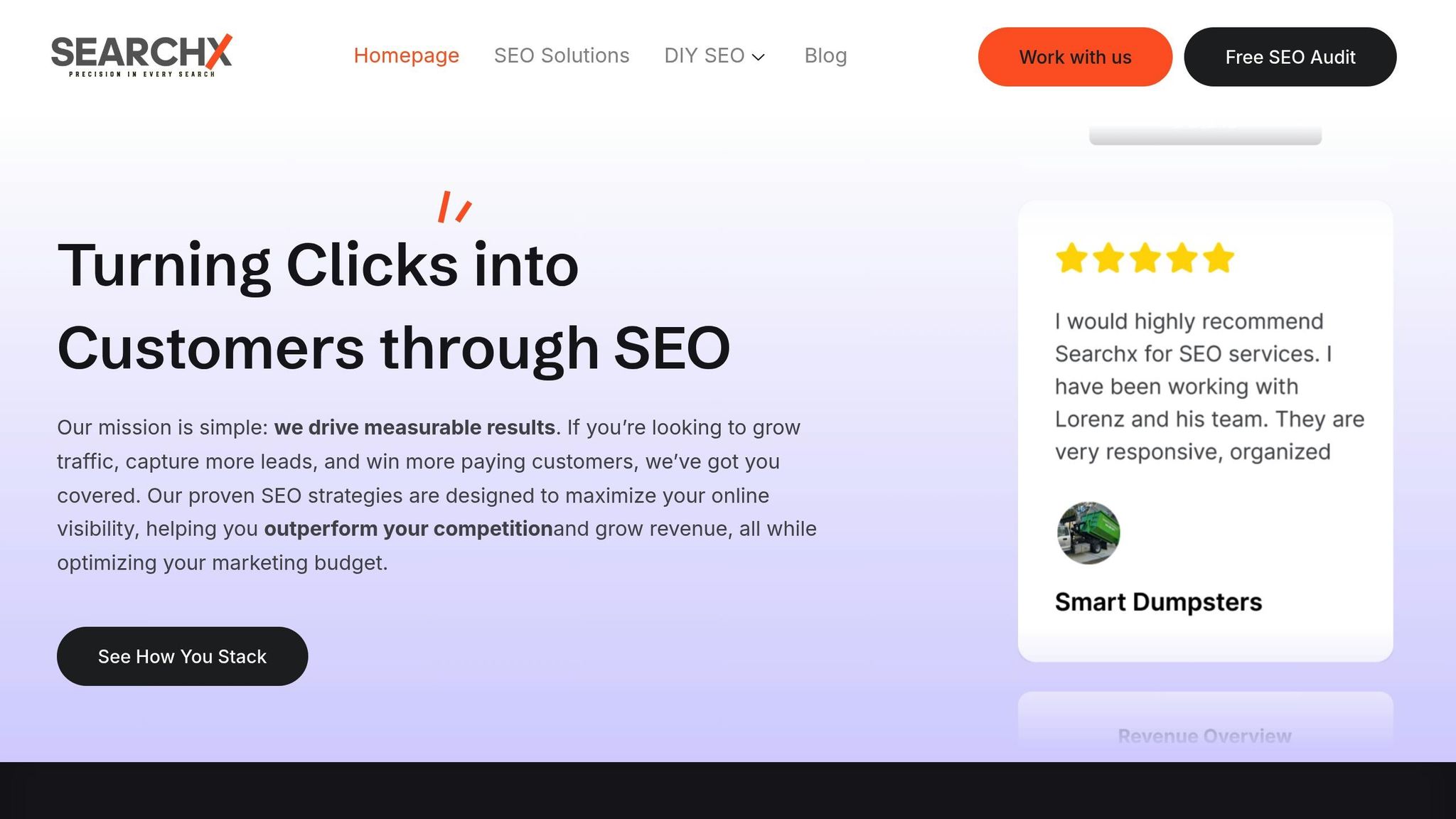Toxic backlinks can harm your website’s search rankings and even lead to penalties from Google. These links often come from spammy, irrelevant, or low-quality websites and need to be identified and removed to protect your SEO performance. Here’s how to spot and handle them:
- What Are Toxic Backlinks?
Links from poor-quality, irrelevant, or manipulative sources that can hurt your site’s authority and rankings. - Key Signs of Toxic Backlinks:
- Links from spammy or irrelevant sites.
- Over-optimized or keyword-stuffed anchor text.
- Sudden surges in backlinks (link farms).
- Links from sites with little or no organic traffic.
- How to Identify Them:
Use tools like Google Search Console, Semrush, or Ahrefs to analyze your backlink profile. Focus on metrics like toxicity scores, domain quality, and anchor text patterns. - How to Remove or Disavow Toxic Backlinks:
- Contact site owners to request link removal.
- Use Google’s Disavow Tool for links you can’t remove.
- Monitor your backlink profile regularly to catch new issues early.
3 Signs You’re Building Toxic Backlinks (And How to Fix It)
Understanding Toxic Backlinks
Toxic backlinks are unnatural links originating from low-quality websites. These links can harm your site’s search engine performance, making it crucial to identify and address them. Below, we’ll break down the key features that set toxic backlinks apart from quality ones.
Key Features of Toxic Links
Toxic backlinks often share common traits that make them stand out. Here’s how they compare to quality backlinks:
| Feature | Quality Backlinks | Toxic Backlinks |
|---|---|---|
| Source Quality | From reputable, relevant websites | From spammy, low-quality domains |
| Link Context | Naturally placed within content | Forced or irrelevant placement |
| Content Relevance | Related to the topic | Unrelated or off-topic |
| Link Acquisition | Earned through valuable content | Purchased or artificially created |
| Anchor Text | Shows natural variation | Over-optimized or stuffed with keywords |
These characteristics can signal potential penalties, which we’ll explore in the next section.
"I don’t believe in toxic links. I do believe in toxic link profiles."
SEO Penalties and Ranking Drops
Google has taken a strong stance against manipulative link practices, particularly with the introduction of the Penguin algorithm in April 2012. This update impacted over 3% of search results, underscoring Google’s dedication to curbing link spam. Toxic backlinks can lead to penalties in three significant ways:
- Algorithm-Based Penalties
Google’s algorithms are designed to detect unnatural link patterns. When such patterns are identified, the site may lose search visibility.
"If we see a very strong pattern [of spammy links] there, then it can happen that our algorithms say well, we really have kind of lost trust with this website… And then you can see kind of a drop in the visibility there."
- Manual Actions
Google’s team may impose manual penalties for clear violations of their webmaster guidelines. This can result in the site being completely removed from search results. - Gradual Ranking Decline
Over time, sites with toxic backlinks may experience a steady loss of rankings and authority.
"Links obtained primarily for artificial manipulation of Search rankings are link spam. Our algorithms and manual actions aim to nullify these unnatural links at scale."
To protect your site, it’s essential to maintain a clean backlink profile and consistently monitor for harmful links. Taking proactive steps can safeguard your search engine performance and long-term visibility.
Tools for Finding Toxic Backlinks
Identifying harmful backlinks is essential for protecting your website’s SEO health. To do this effectively, you’ll need the right tools. Here are three platforms that can help you uncover and analyze toxic links pointing to your site.
Google Search Console Analysis

Google Search Console (GSC) is a free and straightforward way to access your website’s backlink data. While it doesn’t provide advanced metrics for link toxicity, it’s a great place to start for manual analysis.
Here’s how to use GSC for backlink review:
- Go to the "Links" section in your GSC dashboard.
- Under "Top linking sites", click "MORE" to view all linking domains.
- Export the list of backlinks for further analysis.
- Examine each linking domain, paying close attention to:
- Sites with the most links.
- Recently acquired backlinks.
- Domains showing suspicious patterns.
"Most backlinks, even in a worst-case scenario, will not cause negative SEO, but rather will just be ignored by Google. In cases where a backlink is especially spammy, such as a bad traffic trend, or has outbound anchor texts like ‘casino’ AND it is completely irrelevant to your business, then taking action is recommended." – Greg Heilers and Morgan Taylor, SEO Experts, Jolly SEO
Once you’ve reviewed your data in GSC, you can dig deeper with advanced tools like Semrush.
Semrush Backlink Audit Steps

Semrush is a robust platform for detecting toxic backlinks. It uses over 45 toxic markers to evaluate links and provides a detailed analysis of your backlink profile.
Key metrics to focus on include:
| Metric | Purpose | Action Required |
|---|---|---|
| Toxicity Score | Measures the likelihood of harm | Investigate links with high toxicity scores. |
| Authority Score | Indicates domain quality | Review links from low-quality domains. |
| Toxic Markers | Highlights specific red flags | Address links with multiple toxic indicators. |
To make the most of Semrush’s features:
- Sync your Google Analytics and Search Console accounts for precise data.
- Set up regular monitoring of your backlink profile.
- Filter out high-toxicity links and evaluate their toxic markers.
- Categorize links into "Review," "Whitelist," or "Remove" groups for better organization.
For ongoing monitoring, Ahrefs is another excellent tool to consider.
Ahrefs Backlink Check Method

Ahrefs provides real-time backlink data, with an index that updates every 15 minutes. This makes it a reliable choice for identifying harmful links quickly.
When using Ahrefs, focus on these areas:
- Anchors Report: Look for unnatural anchor text.
- Backlinks Report: Use advanced filters to analyze Domain Rating (DR), link relevance, type, and platform.
- Traffic Trends: Monitor traffic changes after acquiring new backlinks.
- URL Inspection Tool: Check the context of suspicious links to understand their impact.
Instead of worrying about isolated toxic links, focus on identifying patterns that could indicate systematic issues in your backlink profile. This approach ensures your efforts are targeted and effective.
Warning Signs of Bad Backlinks
After identifying toxic backlink patterns, it’s essential to recognize specific warning signs in your backlink profile. Catching these issues early can help you avoid the penalties we discussed earlier.
Low-Quality and Unrelated Websites
Low-quality websites often show clear signs that they shouldn’t be part of your backlink profile. Here’s what to keep an eye on:
| Warning Sign | What to Look For |
|---|---|
| Security Status | Browser warnings or missing SSL certificates |
| Traffic Metrics | Minimal or no organic search traffic |
| Domain Authority | Very low authority scores or brand-new domains |
| Link Relevance | Links from sites unrelated to your industry |
These factors are often the first clues that your backlinks might not be helping your SEO efforts. They also pave the way for identifying unnatural anchor text patterns.
Keyword-Stuffed Anchor Text
Over-optimized anchor text is a major red flag for toxic backlinks. According to Semrush’s December 2024 analysis, keyword-stuffed anchor text is still one of the most common signs of manipulative link-building practices.
Here are some patterns to avoid:
- Exact-match commercial keywords used excessively
- Multiple backlinks with identical anchor text
- The same anchor text appearing across unrelated domains
"We have pretty good ways to analyze language and understand meaning and concepts. The best way to align with that is just write like you would for people." – Danny Sullivan, Google’s Search Liaison
Next, let’s dig into how link farms can further undermine your backlink strategy.
Link Farm Detection
Link farms are networks designed solely to manipulate search rankings. Google’s SpamBrain system, launched in 2018, has become increasingly effective at identifying these schemes. By 2021, updates to SpamBrain penalized six times more websites compared to 2020.
Here are some telltale signs of link farms:
| Indicator | Description | Risk Level |
|---|---|---|
| Link Velocity | Sudden surges in backlink acquisition | High |
| Outbound Links | An unusually high number of outbound links | Critical |
| Domain Patterns | Similar domain names or registration details | Medium |
| Content Quality | Thin or duplicated content | High |
| Link Relevance | No topical connection between linked pages | Critical |
"Link farms attempt to manipulate rankings by creating artificial backlinks, tricking algorithms into thinking a site is more authoritative than it really is." – Contentellect.com
Be on the lookout for backlinks from sites with similar layouts, identical content, or shared hosting environments. These patterns often reveal coordinated link farm operations aimed at inflating search rankings artificially.
sbb-itb-880d5b6
Removing Toxic Backlinks
Getting rid of harmful backlinks is a crucial step to safeguard your SEO rankings. These efforts go hand in hand with identifying and addressing toxic links. Data shows just how damaging such links can be – take the case of a website that saw its traffic nosedive from 1,500 monthly visits to zero in 2020 due to link penalties.
Contact Site Owners
When reaching out to website owners about removing toxic links, a structured approach works best. Here’s a quick guide:
| Step | Action | Best Practice |
|---|---|---|
| Email Setup | Use your domain email address | Maintain a professional tone |
| Contact Research | Look for contact or about pages | Check for social media profiles too |
| Message Format | Keep it short and professional | Clearly mention the specific URLs |
| Follow-up | Track responses and actions | Document all communication efforts |
Your message should be polite yet direct. Here’s a template you can use:
"Hi, I’m working on cleaning my website, and I need your help in removing some links from your site. Your site is probably perfectly legitimate, but I’m just trying to eliminate as many links as possible." – Recommended by Neil Patel
If you don’t hear back from website owners, your next step is to use the Google Disavow Tool.
Google Disavow File Setup
A great example of the disavow tool in action is Cloudfresh, which managed to recover its rankings in 2022 after disavowing toxic domains that made up 35% of its backlink profile.
When setting up your disavow file, precision is key. Keep these technical requirements in mind:
| Requirement | Specification |
|---|---|
| File Format | Must be a UTF-8 or 7-bit ASCII text file |
| Max File Size | 2MB or up to 100,000 lines |
| URL Format | One URL per line, with a maximum of 2,048 characters per URL |
| Domain Format | Use "domain:example.com" syntax for domains |
"You need a scalpel, not a hacksaw." – BCI team member
Once you’ve disavowed or successfully requested link removals, it’s important to keep an eye on your backlink profile.
Regular Link Monitoring
Consistent monitoring is essential to maintain a clean backlink profile. Here’s how to stay on top of it:
| Task | Frequency | Tool |
|---|---|---|
| Full Profile Analysis | Monthly | Google Search Console |
| New Link Checks | Weekly | Semrush or Ahrefs |
| Manual Action Review | Bi-weekly | Search Console Reports |
"Randomly disavowing links can harm your site." – John Mueller, Google
It may take several weeks to notice improvements in your search rankings after removing or disavowing toxic links. Regularly monitoring your backlinks and taking a measured approach ensures your SEO efforts remain effective over the long term.
Professional Link Audit Services
Professional link audits focus on identifying and eliminating harmful backlinks. Why? Because just one bad link can cancel out the benefits of ten high-quality ones.
SearchX Link Audit Process

SearchX follows a structured, multi-phase approach to uncover and address toxic backlinks. Here’s a breakdown of their process:
| Audit Phase | Key Actions | Tools Used |
|---|---|---|
| Initial Analysis | Compiling a comprehensive link profile | AHREFs, MOZ, Majestic |
| Deep Evaluation | Manually reviewing anchor text and relevancy | SEMRush, Link Research Tools |
| Risk Assessment | Scoring the toxicity of each backlink | Proprietary analysis tools |
| Action Planning | Crafting a targeted removal strategy | Custom reporting systems |
Each phase is designed to thoroughly evaluate potential risks. Using a combination of advanced tools and manual expertise, SearchX assesses backlinks for factors like domain authority, relevancy, anchor text distribution, and placement. This ensures an accurate measure of each link’s value.
To keep your website in top shape, regular link audits – ideally every six months – are essential. They not only protect your site from harmful links but also ensure your backlink profile is primed for continuous improvement.
Conclusion: Maintaining Clean Backlink Profiles
Keeping your backlink profile in top shape requires regular audits and swift action to remove harmful links. This ongoing effort complements earlier strategies by ensuring any new issues are detected and addressed promptly.
The secret to long-term backlink health is a solid monitoring plan. A clear schedule can help you stay on top of your backlink profile, like this:
| Timeframe | Tasks | Tools |
|---|---|---|
| Monthly | Monitor backlinks and set up alerts | Google Search Console, Ahrefs |
| Quarterly | Conduct a full audit and assess toxicity | Semrush |
| Annually | Evaluate the overall link profile | Professional audit services |
These steps, combined with the audit techniques and removal strategies discussed earlier, strengthen your site’s SEO performance. While regular self-monitoring is essential, professional audits offer an extra layer of security. Depending on the size of your website, these services can cost between $1,000 and $6,000, but they provide critical protection for your site’s credibility with search engines.
Staying ahead means focusing on ethical link-building practices and continuously monitoring for potential threats. Create high-quality content that naturally attracts authoritative backlinks. By taking this proactive stance and sticking to a consistent review process, your site will not only maintain its search rankings but also stay safeguarded from harmful links.
FAQs
How can I tell if a backlink is natural or toxic?
How to Spot Natural vs. Toxic Backlinks
The first step in determining whether a backlink is helping or hurting your site is to assess its source. Natural backlinks come from trustworthy, high-quality websites that link to your content because it offers value, relevance, or useful information. These links boost your site’s credibility and can improve your search engine rankings.
In contrast, toxic backlinks are often tied to shady, low-quality sites like link farms or private blog networks (PBNs). These links are usually the result of manipulative SEO practices and can damage your website’s reputation, dragging down your search rankings.
To get a clear picture of your backlink profile, tools like Google Search Console, Semrush, and Ahrefs can be incredibly helpful. When analyzing, keep an eye out for warning signs such as links from sites overloaded with ads, sites with poor-quality content, or those with an unusually high number of outbound links. These could be toxic backlinks that might need to be disavowed to safeguard your site’s performance.
What should I do if I think toxic backlinks are hurting my website’s rankings?
If you think harmful backlinks are dragging down your website, here’s what to do:
- Audit your backlinks: Use tools like Google Search Console, Ahrefs, or Semrush to spot any suspicious or harmful links leading to your site. These tools make it easier to identify problematic connections.
- Request link removal: Reach out to the webmasters of these sites. A polite email asking them to remove the toxic links often works, though it might take some persistence.
- Disavow bad links: If you can’t get the links removed, turn to Google’s Disavow Tool. This tool tells Google to ignore those links when assessing your site’s rankings.
Taking action against toxic backlinks is critical to maintaining your site’s reputation and ensuring it performs well in search results.
What are some effective long-term strategies to avoid toxic backlinks?
To steer clear of harmful backlinks over time, focus on building a strong and reputable backlink profile. This means earning links from trustworthy and relevant websites. Stick to white-hat SEO strategies, like creating high-value content that naturally attracts links, guest blogging on well-regarded platforms, and turning unlinked brand mentions into backlinks. Steer clear of risky methods like purchasing links or engaging in link schemes, as these can damage your site’s credibility.
Make it a habit to monitor your backlink profile with tools such as Google Search Console or SEMrush. Regular audits can help you spot and disavow harmful links before they negatively affect your rankings. By staying vigilant and proactive, you can safeguard your website’s authority and maintain strong search engine performance over time.




